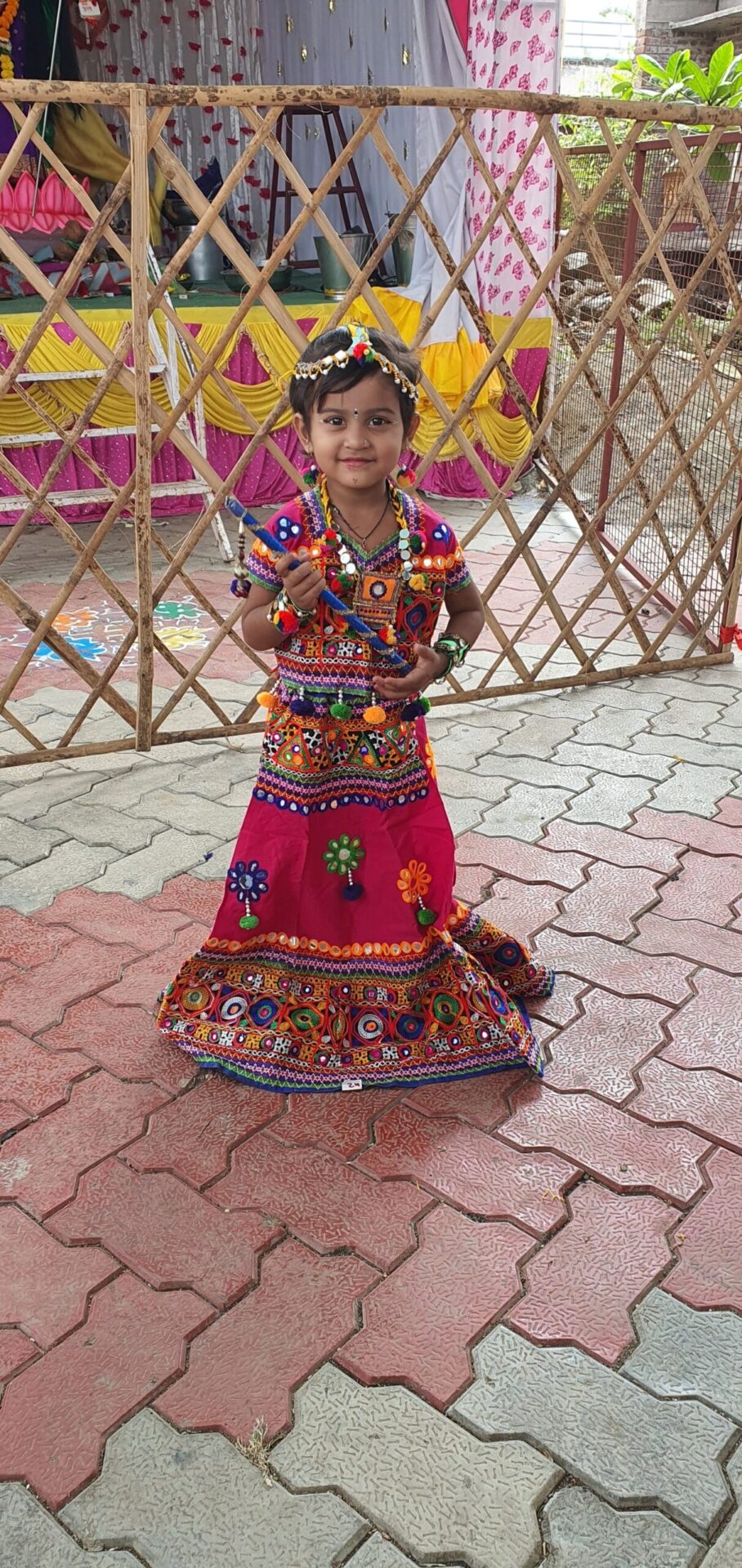In Hindu mythology, there exists a deity whose name resonates deeply with the idea of love and desire. Known as Kamadeva, this Hindu god embodies the essence of passion, attraction, and romance. Referred to as the Lord of Love, Kamadeva’s presence is felt strongly in the realms of relationships and human connections. With his bow made of sugarcane and his arrows adorned with exotic flowers, Kamadeva ignites the flames of love and kindles the desire that binds souls together. Join us as we embark on a journey to unravel the mysteries surrounding this captivating deity and explore the significance of his role in Hindu culture.
Table of Contents
Introduction
In the vast pantheon of Hindu gods and goddesses, there are numerous deities who govern various aspects of life. When it comes to matters of the heart, desire, and attraction, the Hindu god of love and desire is none other than Kama. Kama is a significant figure in Hindu mythology and holds great importance in the lives of Hindus. This article aims to explore the various facets of Kama’s identity, his role in Hinduism, and the impact he has on contemporary society.
Hinduism – Religion and Mythology
Overview
Hinduism is one of the oldest religions in the world, with a rich tapestry of myths, beliefs, and rituals. It encompasses a diverse range of traditions and practices, offering devotees an array of divine entities to worship. Hinduism recognizes the existence of numerous gods and goddesses, each with their own distinct qualities and responsibilities.
Gods and Goddesses
Within the Hindu pantheon, gods and goddesses play a central role. They are revered and worshiped as the embodiments of different aspects of life, representing everything from creation, preservation, and destruction to love, wisdom, and power. These deities are believed to guide and govern the universe and its various realms.
The Concept of Love and Desire
Love and desire hold a significant place in Hindu mythology and philosophy. Hindus believe that love and desire are integral parts of the human experience, and they can be either noble or detrimental depending on how they are expressed. Love is seen as a force that brings individuals closer to unity and understanding, whereas unchecked desire can lead to attachment and suffering.

Kama – The God of Love and Desire
Origin and Evolution
Kama, also known as Kamadeva, is the Hindu god of love and desire. He is believed to have originated from the mind of Lord Brahma and is considered one of the primal forces of the universe. Kama’s existence predates many other deities in Hindu mythology, making him an ancient and revered figure.
Symbolism and Representation
Kama is often depicted as a young, winged deity, armed with a bow and arrows made of flowers. His physical beauty symbolizes the allure and charm of romantic love, while his arrows represent the power to ignite desire in the hearts of mortals.
Relationships and Consorts
Kama is believed to be married to Rati, the goddess of love. Their union represents the delicate balance between intimate love and desire. Together, they inspire affection, sensuality, and the longing for union.
Depiction and Iconography
Physical Appearance
Kama is often portrayed as a handsome young man adorned with vibrant ornaments. He has smooth, golden skin and captivating eyes that reflect the beauty of the world. Kama’s flawless appearance mirrors the allure of romantic love and desire.
Symbolic Representations
Kama’s bow is one of his most iconic symbols, representing the power of attraction and seduction. His arrows, which are adorned with flowers, symbolize the irresistible force of desire. These images illustrate Kama’s ability to kindle passion and unite individuals through love.
Associated Objects and Animals
Lotus flowers are often associated with Kama, signifying purity and enlightenment amidst the realm of desire. Additionally, his mount (vehicle) is the parrot, a bird known for its melodious calls and bright colors. The parrot symbolizes communication, passion, and the ability to articulate emotions.

Mythological Stories and Role
Associations with Other Gods and Goddesses
In Hindu mythology, Kama is associated with various gods and goddesses. He is considered an ally and companion to Lord Krishna, the supreme deity, who embodies divine love and compassion. Kama’s presence in Krishna’s life symbolizes the importance of romantic love on the journey toward spiritual enlightenment.
Legends and Narratives
Kama is featured in numerous mythological tales, each highlighting his role in shaping the destinies of mortals and gods alike. One famous story involves Kama attempting to shoot Lord Shiva, the great ascetic, with his love-inducing arrows. This act was meant to awaken Shiva from his deep meditation and restore the balance of the universe.
Kama in Hindu Epics
Kama’s significance extends to the great Hindu epics, the Ramayana and the Mahabharata. In these epics, Kama’s influence is evident in the tender love stories of Lord Rama and Sita, as well as the complex romantic entanglements that contribute to the fierce battles in the Mahabharata.
Worship and Festivals
Temples Dedicated to Kama
While Kama does not have as many dedicated temples as some other deities, there are temples and shrines throughout India where devotees can pay homage to the god of love and desire. These sacred spaces provide a focal point for rituals and prayers focused on love, attraction, and the nurturing of relationships.
Devotees and Rituals
Devotees of Kama often seek his blessings for successful relationships and marriages. They engage in various rituals and practices, such as reciting prayers, offering flowers and incense, and fasting. These acts of devotion are believed to forge a connection with Kama and invoke his assistance in matters of love.
Festivals Celebrating Kama
One of the most significant festivals dedicated to Kama is Holi, also known as the Festival of Colors. This vibrant celebration involves throwing colored powders and water at each other, symbolizing the playful and joyful aspects of love. During Holi, devotees honor Kama’s influence on human relationships and express gratitude for the gift of love.

Philosophical Significance
Love, Desire, and the Human Experience
In Hindu philosophy, love and desire are considered integral to the human experience. They are seen as catalysts for personal growth, self-discovery, and spiritual awakening. By engaging in loving relationships and harnessing desire in a virtuous manner, individuals can learn valuable lessons about themselves and the world around them.
Spiritual and Metaphysical Interpretations
Kama’s role extends beyond the realm of human relationships. He is seen as an embodiment of the divine energy that drives all creation. Kama’s arrows represent the universal force of attraction that binds all beings together, be it on physical, emotional, or spiritual levels.
Kama and the Path to Liberation
In Hinduism, the ultimate goal is liberation from the cycle of birth and death. Love, when channeled with wisdom and detachment, can become a powerful tool for spiritual progress. By fostering loving connections and embracing desire in a conscious and selfless manner, one can move closer to liberation and attain union with the divine.
Similar Deities in Other Cultures
Comparison with Greek Eros
Kama bears many similarities to the Greek god Eros, who also represents love and desire. Both deities are portrayed as young and beautiful, armed with bows and arrows that ignite passion. This parallel demonstrates the universal human experience of love and desire and how different cultures have recognized and celebrated these forces throughout history.
Love and Desire in other Religions
The themes of love and desire are prevalent in various religious traditions across the world. Christianity, Islam, and Buddhism also acknowledge the complexities of human relationships and provide guidance on nurturing love and desire in virtuous and compassionate ways. The recognition of these emotions in different religions speaks to their universality and deep-rooted significance in human life.
Cross-Cultural Representations
Love and desire may be expressed differently in various cultures, but the underlying essence remains the same. Whether through Hinduism, Christianity, or other belief systems, the acknowledgment of love and desire as profound aspects of the human experience unites people from different backgrounds and fosters empathy, understanding, and connection.
Relevance and Impact in Modern Society
Love and Desire in Contemporary Hinduism
In modern Hinduism, the importance of love and desire is widely acknowledged. Many followers seek Kama’s blessings for successful relationships, seeking guidance on navigating the complexities of love in a fast-paced and interconnected world.
Kama as a Source of Inspiration
Kama’s representation as the god of love and desire serves as a source of inspiration, encouraging individuals to embrace passion and express their emotions authentically. His stories and teachings remind devotees of the importance of compassionate love, selfless devotion, and the transformative power of relationships.
Kama and Relationships in the Modern World
In the modern world, Kama’s teachings on love and desire can guide individuals in cultivating healthy and fulfilling relationships. By embracing love as a profound spiritual force, one can develop deeper connections, celebrating the diversity and beauty of human emotions.
Conclusion
Kama, the Hindu god of love and desire, plays a crucial role in the lives of Hindus and offers valuable insights into the complexities of human relationships. His presence in Hindu mythology and philosophy highlights the significance of love and desire as fundamental aspects of the human experience. Through understanding and embracing these forces, individuals can foster personal growth, deepen connections, and navigate the intricate dance of love on their path to self-discovery and spiritual fulfillment.